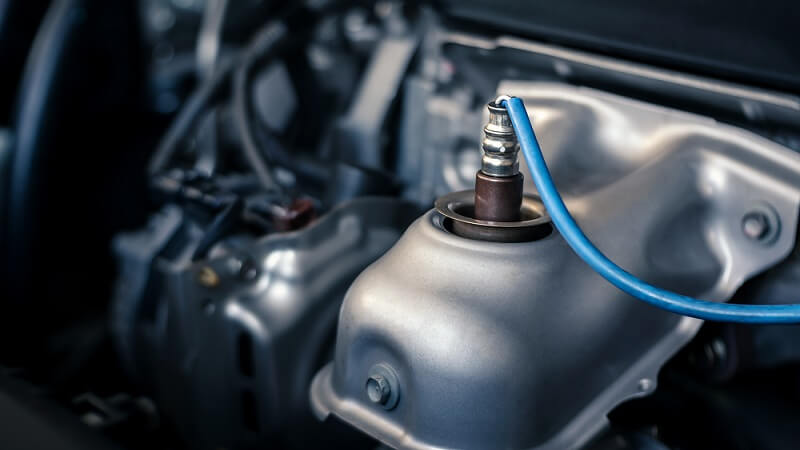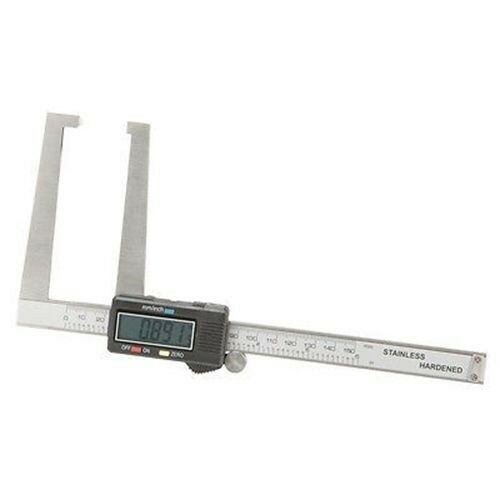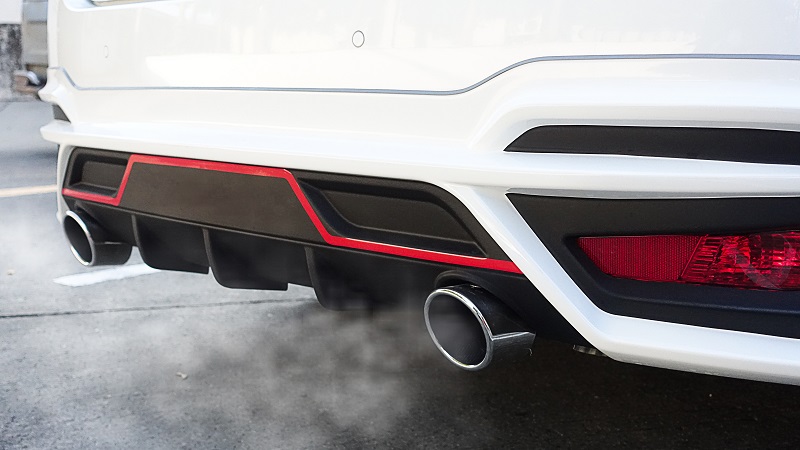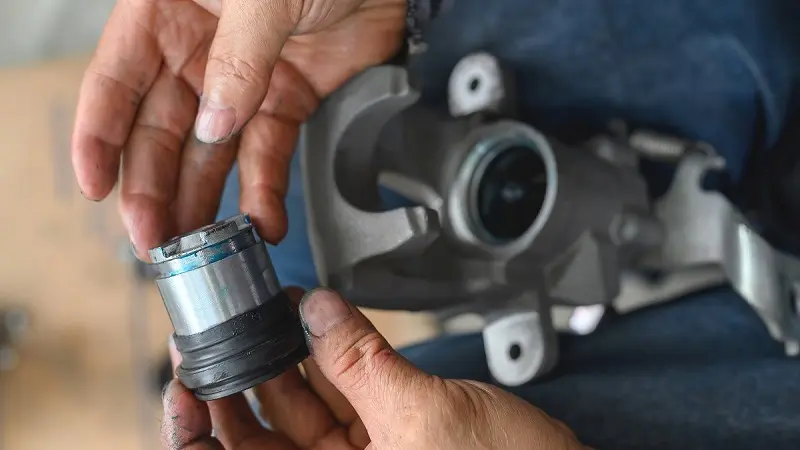What is Brake Pulsation?
Have you ever stepped on the brakes and thought you were operating an anti-aircraft gun instead of a car? That violent shaking coming through the steering wheel is what is known as brake pulsation, and it is a sign that your brake rotors are worn.
What causes brake pulsation?
Brake pulsation is generally caused by lateral runout and/or thickness variation of the brake rotor. This can be caused by another factor acting on the brake rotor such as a wheel hub or wheel bearing runout. It can also be a result of normal wear of the brake rotor over extensive service life.
Should my brake rotors be replaced, or can they be resurfaced?
It is a common practice in the auto service industry to have the brake rotors “turned”. Many shops have a brake lathe which is used to spin the rotor while evenly cutting material off the surface of the rotor. This eliminates uneven spots on the rotor’s friction surface.
When deciding whether or not to turn the brake rotors a few things must be considered. The brake rotor must be inspected for other signs of wear such as cracking, hard spots, and even excessive rust build up in the vents. If any of these conditions are present it is best to replace the rotors. The rotors will also need to be measured to check for thickness variation. The lowest thickness measurement must not exceed the minimum thickness specification. Most rotors have a minimum thickness specification stamped somewhere on the hat portion of the rotor, this specification can also be found in the vehicle’s service manual. The brake rotor must not fall below the minimum thickness specification after resurfacing.
It is also a good practice to check for lateral runout with a dial indicator prior to removing the brake rotor and after replacing or resurfacing the brake rotor. This will help to verify that any runout has been eliminated after the repairs have been made, and It can help identify any problems with a new rotor prior to putting it into service.
The Pros and Cons
1. Improved Technology
Before, resurfacing rotors were very expensive, and people could dream about that only. But technology has changed a lot. Nowadays manufacturers have separated the rotor from the hub and are using lighter, less expensive materials. Today you can buy them for less than 50$.
2. Lower cost
Don’t think that the resurfacing rotor can be cheaper than replacing it with a new one. The labor costs can be much higher than a new rotor. You can also have a risk that cutting a warped rotor to the manufacturer’s minimum specs without eliminating the lateral runout that’s causing those vibrations. In this case, you will need to replace them anyway.
3. Safety
When resurfacing rotors, they use minimum specifications provided by the manufacturer. In this case, it can cause the overheat, give brake fade, and cause delays in braking during an emergency situation. Due to resurfacing, rotors become thinner which might bring to the warp and low brake efficiency.
So new rotors will be replaced with the maximum specifications which the manufacturer provided.
4. Manufacturers’ recommendations
Volkswagen and BMW drivers should know, that the manufacturers always recommend replacing rotors every time. Even some shops will reduce resurfacing rotors on vehicles like a Chevy Colorado because the labor cost can be higher than the price of the part itself.
When it’s good to resurface rotors? Sometimes can be that one rotor needs to be replaced but the second one shows minimal wear. Even in this case, it’s recommended to replace rotors in a pair to ensure braking doesn’t pull to one side. Machining can also remove unsightly surface rust and restore rotors that are in good condition.
How often do rotors need to be replaced?
Even resurfaced rotors need to be replaced every 70,000 miles, doesn’t matter that they are in good working condition. Look for signs of uneven wear, excessive runout, and heavy pitting, spotting, grooving, hard spots, or cracking.






